|
| *****SWAAG_ID***** | 843 |
| Date Entered | 30/12/2014 |
| Updated on | 31/12/2014 |
| Recorded by | Tim Laurie |
| Category | Tree Site Record |
| Record Type | Botanical HER |
| Site Access | Army Range |
| Location | Feldom Army Ranges. Gayles Moor. |
| Civil Parish | Gayles |
| Brit. National Grid | NZ 104 061 |
| Altitude | 350m down to 270m |
| Geology | Springs rising below the Underset Limestone and streams cut through glacial drift . |
| Record Name | Gayles Moor. Ancient Alders below Shooters Well. Feldom Army Live Firing Range. |
| Record Description | The woodland recorded here comprise four small surviving areas of alder wood located on both sides of the small dendritic streams which rise at Shooters Well and at spring flushes downstream. The alders extend downstream for a distance of 600m to disappear within the recently planted conifers of Stone Man Plantation.
These alders are centred at NZ104061.
Area One is a small group of alders on the eastern slope above the stream close to the Stoneman Plantation.
Area Two are the alders which line the stream upstream from the Plantation.
Area Three are alders which grow close to springs on the western slopes above the stream.
Area Four are the alders which grow at and below Shooters Well.
For details of individual trees recorded, see photographs of representative trees below and for further etailed descriptions of the recorded trees see The Woodland Trust Ancient Hunt Tree Database.
A total of sixty alders have been recorded on the Woodland Trust ATH Database to date as representative of the alders here, See http://www.ancient-tree-hunt.org.uk/
Species Composition of the Alder Woodland:
Unusually, and with the sole exception of a solitary small rowan epiphyte, no other tree or shrub species grow with the alders within any of the four Woodland Areas at and below Shooters Well. Shooters Well will be revisited at a favourable time of year to record the ground flora.
Location Map 1. Woodland Trust Records. OS Historic Map series.
|
| Dimensions | See photo images which illustrate the age characteristics of these fine old trees. |
| Additional Notes | The alders at and below Shooters Well are all ancient, twisted and wind blown. There is no regeneration. There are a number of exceptional specimen ancient alders and all the small alders show the characteristics of great age. For examples of these age characteristics, see captions to the photographs below.
Ancient relict alder woods are usually overlooked by those interested in woodlands but they deserve to be treasured as every tree shows the effects of their long hard life. Many were coppiced and managed as a source of small wood with special qualities, eg as the soles of clogs. Alder charcoal was the best available charcoal for the manufacture of gun powder.The trees of small dimensions today are often relict remains of large trees with hollowed stems revealing adventitious roots. Fallen trees can root and throw up healthy stems which will survive indefinitely. The very large alders located at the spring rise are of exceptional interest and it is an experience to stand close by the great root pedestals of these ancient trees which are so evidently the home of the fairies and of druidical ghosts.
NOTE! Gayle Moor Live Firing Range. No access without express permission from the Range Officer.
No access at any time when Red Flags are flying. |
| Image 1 ID | 5928 Click image to enlarge |
| Image 1 Description | Gayles Moor. Shooters Well. Area Four, the uppermost alders from the East. | 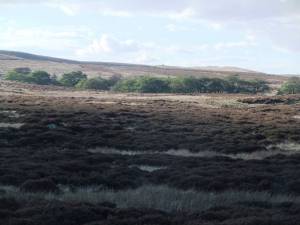 |
| Image 2 ID | 5929 Click image to enlarge |
| Image 2 Description | Gayles Moor. The Shooters Well Alders. Area Two the lower alders close to Stoneman Plantation. | 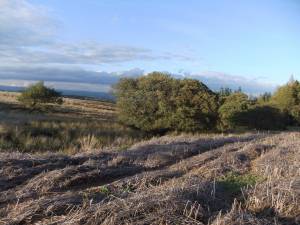 |
| Image 3 ID | 5930 Click image to enlarge |
| Image 3 Description | Gayles Moor. The Shooters Well Alders. Area Three. Alders at the western springs. | 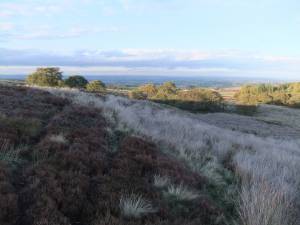 |
| Image 4 ID | 5931 Click image to enlarge |
| Image 4 Description | Isolated alder an indication that alders were once more extensive here. | 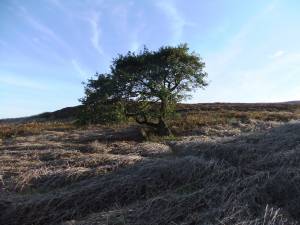 |
| Image 5 ID | 5932 Click image to enlarge |
| Image 5 Description | Shooters Well. Area Four, the uppermost alders at the springs. | 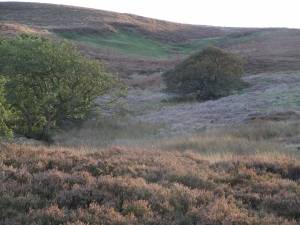 |
| Image 6 ID | 5933 Click image to enlarge |
| Image 6 Description | Shooters Well. The uppermost alders. Detail of the highest alder. Revered by the Druids perhaps! | 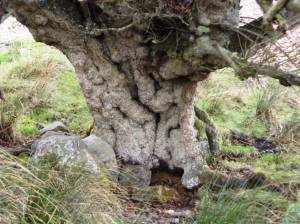 |
| Image 7 ID | 5934 Click image to enlarge |
| Image 7 Description | Shooters Well. The uppermost alders. Detail of the other side of this tree showing root pedestal. | 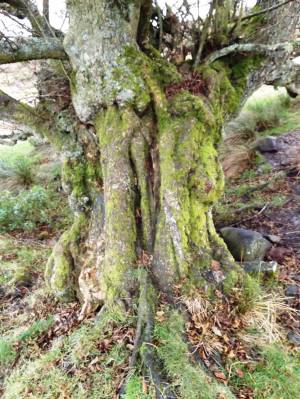 |
| Image 8 ID | 5935 Click image to enlarge |
| Image 8 Description | Alders close to the edge of Stoneman Plantation. | 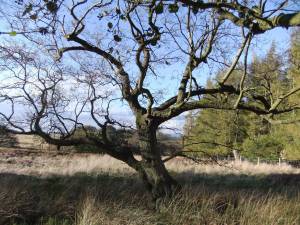 |
| Image 9 ID | 5936 Click image to enlarge |
| Image 9 Description | Alder with exposed root pedestal close to the edge of Stoneman Plantation. | 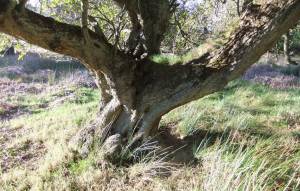 |
| Image 10 ID | 5938 Click image to enlarge |
| Image 10 Description | Alder with exposed root pedestal close to the edge of Stoneman Plantation. | 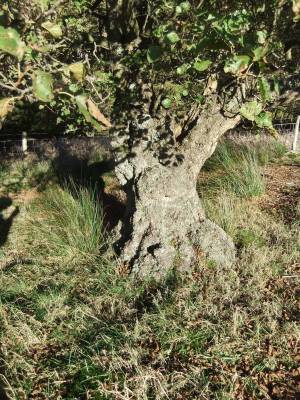 |
| Image 11 ID | 5943 Click image to enlarge |
| Image 11 Description | Alder with exposed root pedestal close to the edge of Stoneman Plantation. | 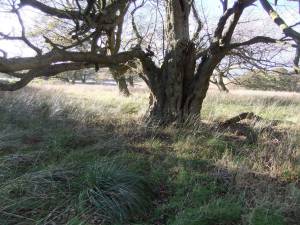 |
| Image 12 ID | 5944 Click image to enlarge |
| Image 12 Description | Fallen alder which has re-rooted to survive a further 300 years. | 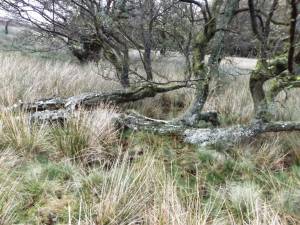 |
| Image 13 ID | 5945 Click image to enlarge |
| Image 13 Description | Fallen and rotted stem of this alder. Detail. | 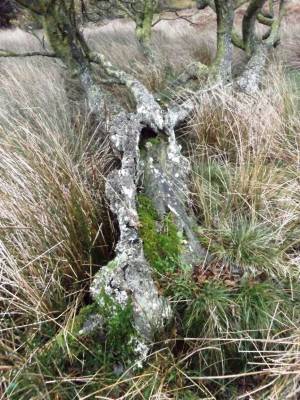 |
| Image 14 ID | 5946 Click image to enlarge |
| Image 14 Description | Isolated alder with hollow stem and exposed adventitious roots. | 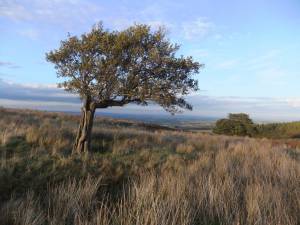 |
| Image 15 ID | 5947 Click image to enlarge |
| Image 15 Description | Detail of this small tree showing hollow stem and exposed adventitious roots. | 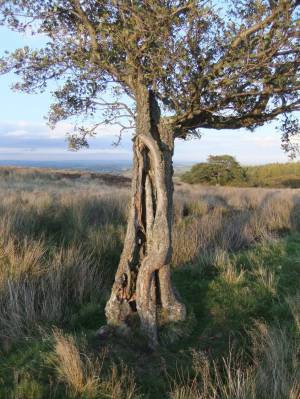 |
| Image 16 ID | 5948 Click image to enlarge |
| Image 16 Description | Isolated alder. The alders at the western springs, Area Three, in mid distance. | 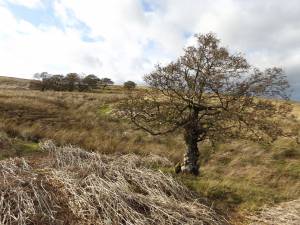 |
| Image 17 ID | 5949 Click image to enlarge |
| Image 17 Description | Alders at the western springs from below. | 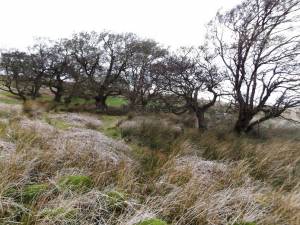 |
| Image 18 ID | 5950 Click image to enlarge |
| Image 18 Description | Alders at the western springs. All these alder trees show characteristics of age, namely fragmented and hollowed stems, split and rotting bark and exposed root pedestals. | 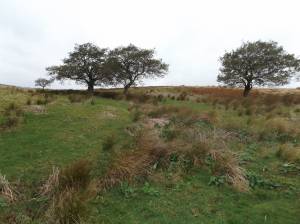 |
| Image 19 ID | 5951 Click image to enlarge |
| Image 19 Description | Alders at the western springs. All these alder trees show characteristics of age. |  |
| Image 20 ID | 5952 Click image to enlarge |
| Image 20 Description | Alders at the western springs. All these alder trees show characteristics of age. | 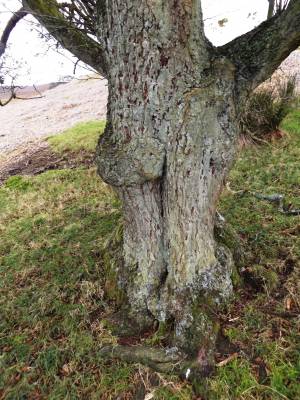 |
| Image 21 ID | 5953 Click image to enlarge |
| Image 21 Description | Alders at the western springs. All these alder trees show characteristics of age. | 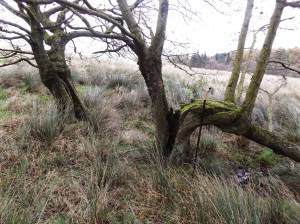 |
| Image 22 ID | 5954 Click image to enlarge |
| Image 22 Description | Alders at the western springs. All these alder trees show characteristics of age. | 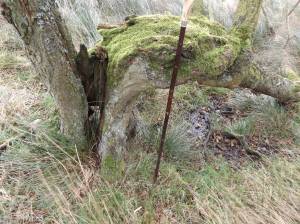 |
| Image 23 ID | 5955 Click image to enlarge |
| Image 23 Description | Alders at the western springs. All these alder trees show characteristics of age. | 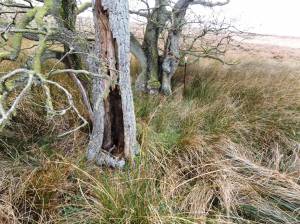 |
| Image 24 ID | 5956 Click image to enlarge |
| Image 24 Description | Alders at the western springs. All these alder trees show characteristics of age. | 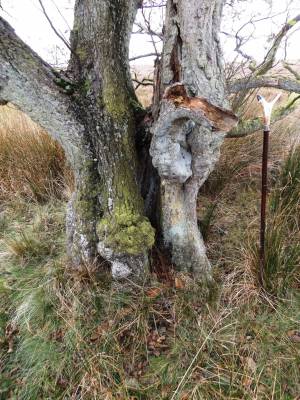 |
| Image 25 ID | 5957 Click image to enlarge |
| Image 25 Description | Iridescent green beetle (unidentified) on alders below Shooters Well, Area 4 | 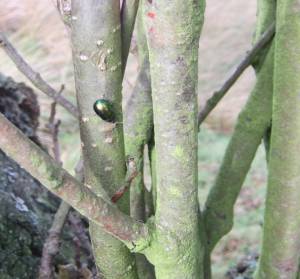 |
| Image 26 ID | 5958 Click image to enlarge |
| Image 26 Description | Alders below Shooters Well, Area 4 | 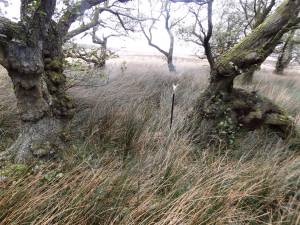 |
| Image 27 ID | 5959 Click image to enlarge |
| Image 27 Description | Alder bracket fungus on twisted alder. | 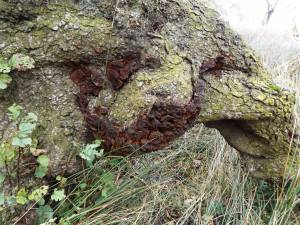 |
| Image 28 ID | 5960 Click image to enlarge |
| Image 28 Description | Alder with root pedestal below Shooters Well, Area 4 | 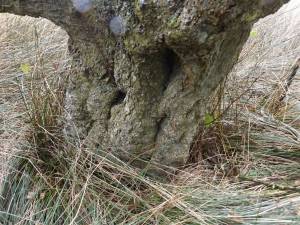 |
| Image 29 ID | 5965 Click image to enlarge |
| Image 29 Description | Gayles Moor.Shooters Well and, with the exception of one or two living remnant larch trees, the now vanished Gayles Plantation. Woodland Trust ATH Records, OS 1893 Series Historic Map. | 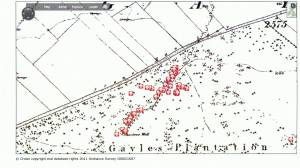 |
| Image 30 ID | 5963 Click image to enlarge |
| Image 30 Description | Marsh pennywort (Hydrocotyle vulgaris)dominant at spring rise below Shooters Well. A rare plant in Teesdale and Co Durham. This interesting plant occurs in Lower Wensleydale but has not so far been recorded in Swaledale | 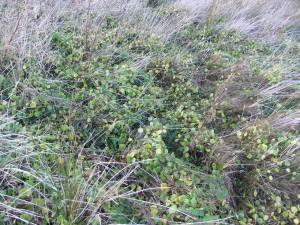 |





























